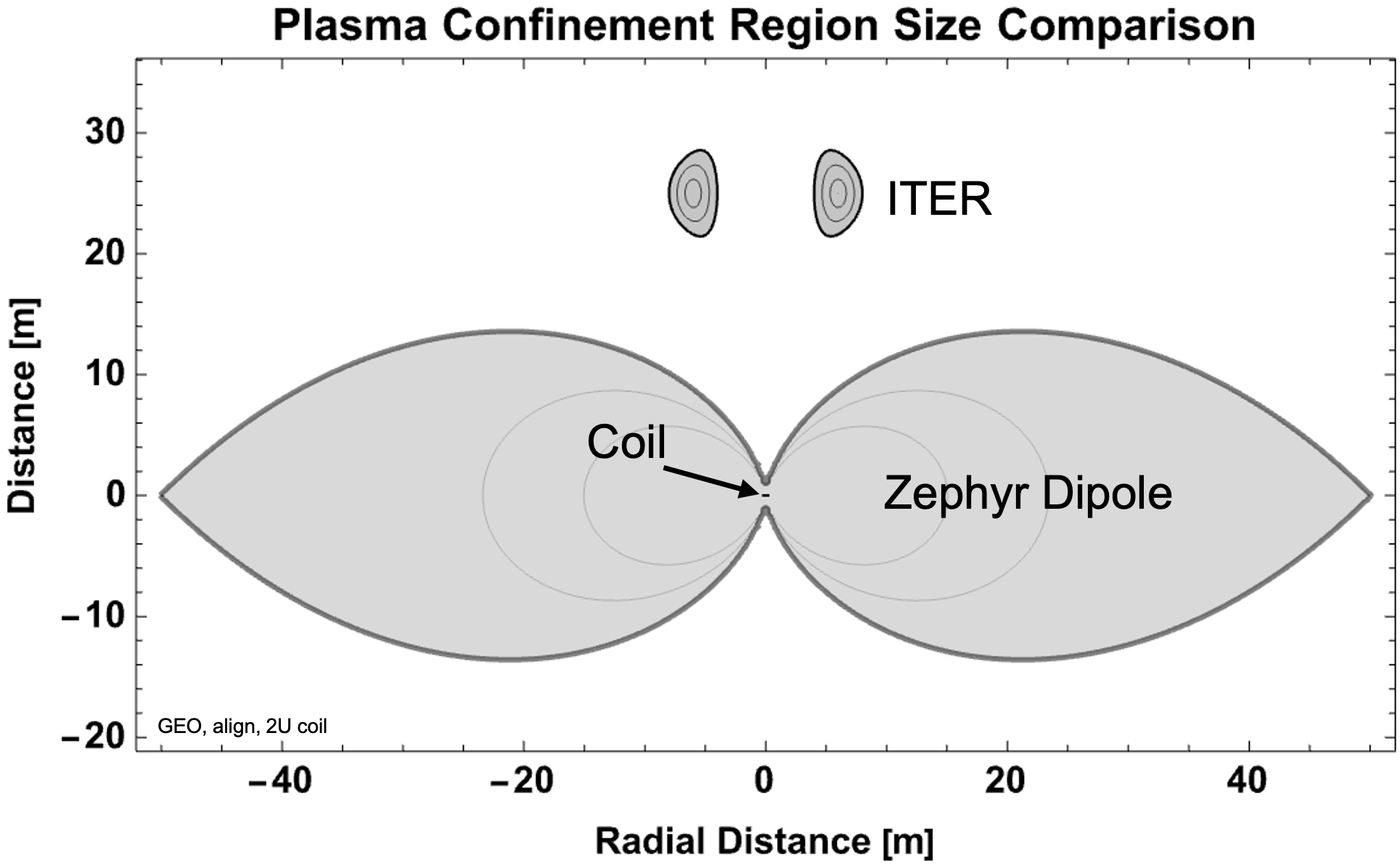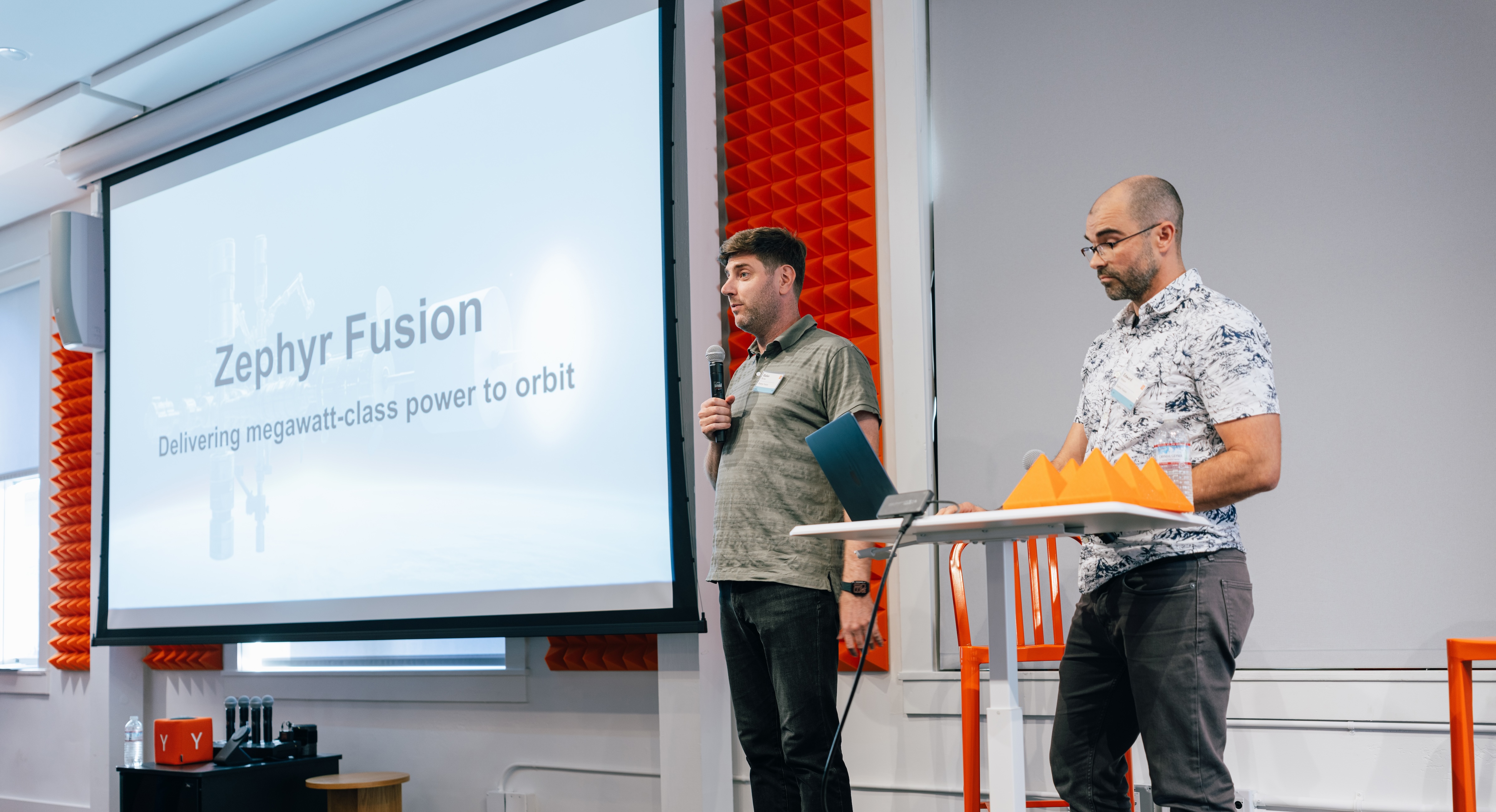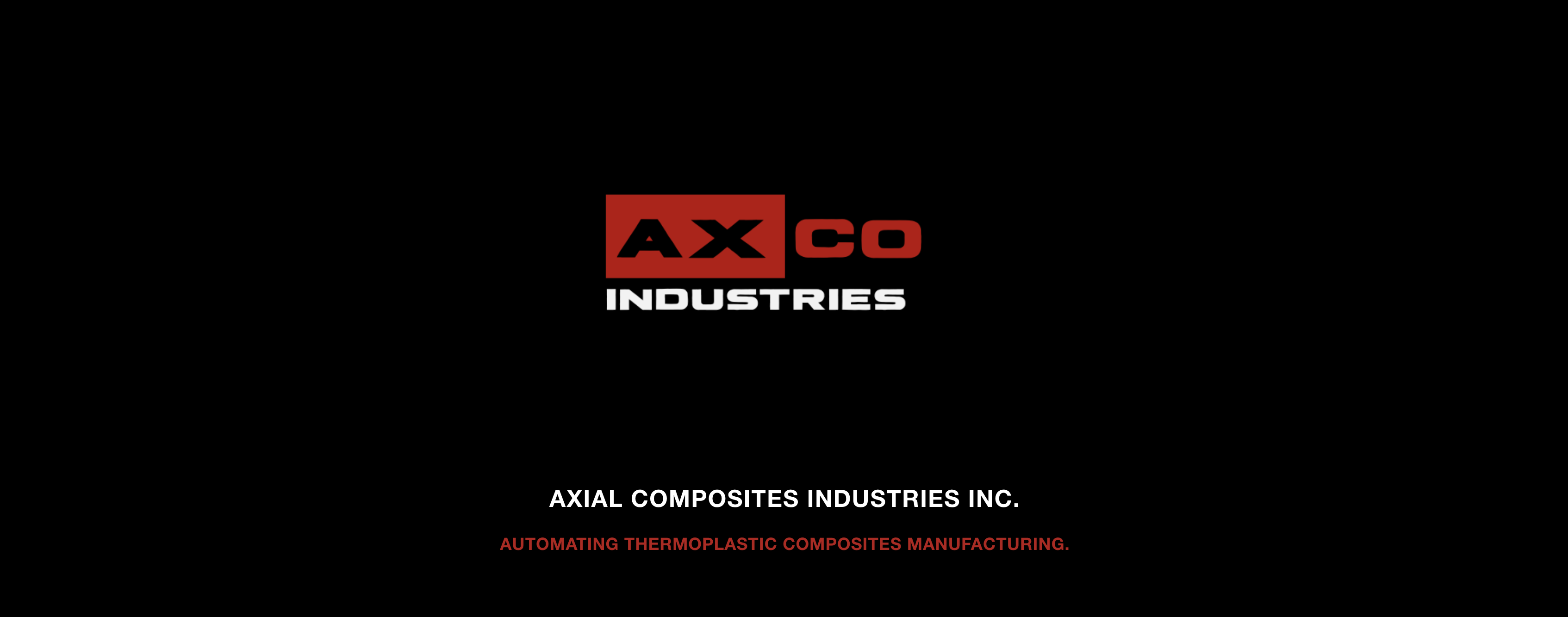Zephyr Fusion Launches: In-Orbit Fusion Power
Zephyr Fusion recently launched!
"Building megawatt-class satellite power sources to unlock the industrial potential of orbit."
TL;DR: Most satellites are limited to kilowatt-scale solar power, constraining high-power applications in orbit. The unlimited vacuum in space allows a dipole magnetic confinement device to form the large plasma confinement regions fusion requires without bulky reactor hardware. With HTS magnets and declining launch costs, compact megawatt-class fusion in orbit is now within reach, unlocking an industrial space economy.

Founded by Galen Burke & Edward Hinson
Dr. Galen Burke and Dr. Edward Hinson, founders of Zephyr Fusion. After years working on some of the hardest problems in fusion energy at Oak Ridge and Lawrence Livermore National Labs, they realized something fundamental: fusion actually gets easier in space.
They have been friends and collaborators since 2010 in grad school at the University of Wisconsin-Madison, where they operated a spherical tokamak. They subsequently continued research at premier fusion research facilities, like the W7-X stellarator in Greifswald and the premier US tokamak, the DIII-D National Fusion Facility in San Diego, as employees of US DOE National Labs. Between them, they have accumulated 35+ years of experimental fusion research experience, publishing in Physical Review Letters, Nuclear Fusion, and Physics of Plasmas, and others.
Launching Zephyr Fusion
“Fusion in space” sounds ambitious - and it is - but it is grounded in well-established physics and enabled by new economics. Zephyr Fusion exists because the physics and economics now align: high-temperature superconductors and drastically reduced launch costs make it possible to build compact, megawatt-class orbital fusion power. We’re here to bring real power to the space economy.
Their goal is simple: Provide megawatt-class power in orbit.
The space economy is fundamentally power-limited. Most satellites operate on the power equivalent of a toaster or two. While the Sun provides about 1 kW/m², scaling solar beyond ~10 kW rapidly becomes mass- and cost-prohibitive. For example, the ISS’s new 120 kW roll-out arrays cost roughly $100M, or about $1B/MW installed. Advancing beyond this power limit would catalyze a new economy: large-scale industrial activity, data centers, high-power electrical propulsion, large human habitats, and more.
Why Space Makes Fusion Easier
The performance of magnetic fusion devices scales with the size of the plasma, specifically the magnetized vacuum volume they occupy. Magnetized vacuum is in fact the most essential resource for fusion plasmas. The performance improvement is quantified with “energy confinement time,” τₑ, roughly how long energy stays in the plasma. For tokamaks, global experiments have shown roughly:
τₑ ~ R²
where R is the device radius. Fusion gets easier when the plasma is big.
On Earth, increasing plasma size forces the entire reactor to scale up with it, driving cost - which is why ITER - the world’s largest tokamak - has a ~6m plasma radius and a ~$65B price tag (DOE 2018). It is a research project, but ball-parking ITER as a 100MWe reactor, the expense amounts to $0.65B/MW - notably still less than what is being paid now for large-scale space solar, but a long way from commercial viability in the competitive commodity market back on Earth. The physics imperative for larger plasmas leads to devices that are larger still.
But in space, the link between hardware size and plasma size can be broken.
A dipole magnetic field (which may be familiar from planetary magnetospheres), allows the plasma to form a large, self-organized region enclosing a single coil, extending into the external vacuum. In space, the outer boundary is not a physical wall but free vacuum. This “inside-out” configuration removes the dominant energy loss channel in terrestrial devices and allows for very large effective magnetized vacuum volumes with minimized hardware footprint. Furthermore, scalings obtained from the physics of magnetospheric dipoles appear to hold in dipole reactors as well (LDX Nature Physics 2010), implying that fusion power in a dipole reactor grows extremely strongly with radius.
In other words:
A meter-scale dipole coil in orbit, that can be built today, can produce a magnetized volume exceeding that of ITER, at a tiny fraction of the mass and cost, and ITER-scale confinement may be accessible with hardware that fits on a SpaceX Falcon 9 launch vehicle.

Dipole fusion reactors in space have been proposed before, notably by Edward Teller, but have only become practical now because:
• Launch costs have dropped by ~10x in the last decade.
• Mass-produced, HTS tapes provide - 10x more field per kg in the last decade
The two price shocks multiply: cost of field-per-kilogram and cost of kilograms-to-orbit are both independently collapsing. In orbit this results in an ongoing “price shock squared” in just the resource they need for fusion: magnetized vacuum.
Why This Matters
Power is the final barrier to a real space economy:
• Large computing and data centers in orbit
• Industrial manufacturing and materials processing in microgravity
• High-power electric propulsion stages
• Defense platforms
• Human habitats and long-duration exploration
All of these require MW-class power.
Humanity's ability to harness concentrated energy has been the driving force behind Earth's industrial revolutions.
When hydrocarbons arrived, heavy industry followed.
When cheap, compact fusion arrives in orbit, the same thing will happen - off-planet.
And the early movers shape the infrastructure layer.
They founded Zephyr Fusion because they believe the space economy is transitioning from exploration to industry, and industry requires power at scale.
Let’s build it.
Learn More
🌐 Visit zephyrfusion.com to learn more.
👉 Feedback - We’d love to discuss the physics and roadmap - reach out anytime.
🤝 Introductions - If you know satellite, defense, or other teams that have an interest in MW-class power, they would appreciate intros. Let them know here.
👣 Follow Zephyr Fusion on LinkedIn & X.
Need help with the upcoming tax deadline?
Take the stress out of bookkeeping, taxes, and tax credits with Fondo’s all-in-one accounting platform built for startups. Start saving time and money with our expert-backed solutions.
.png)
.png)
.png)
.png)
.png)











.png)









